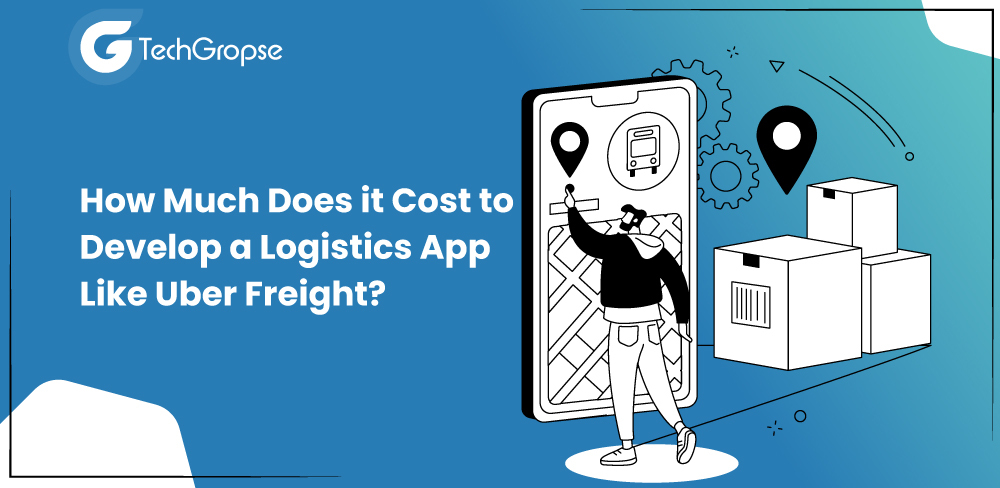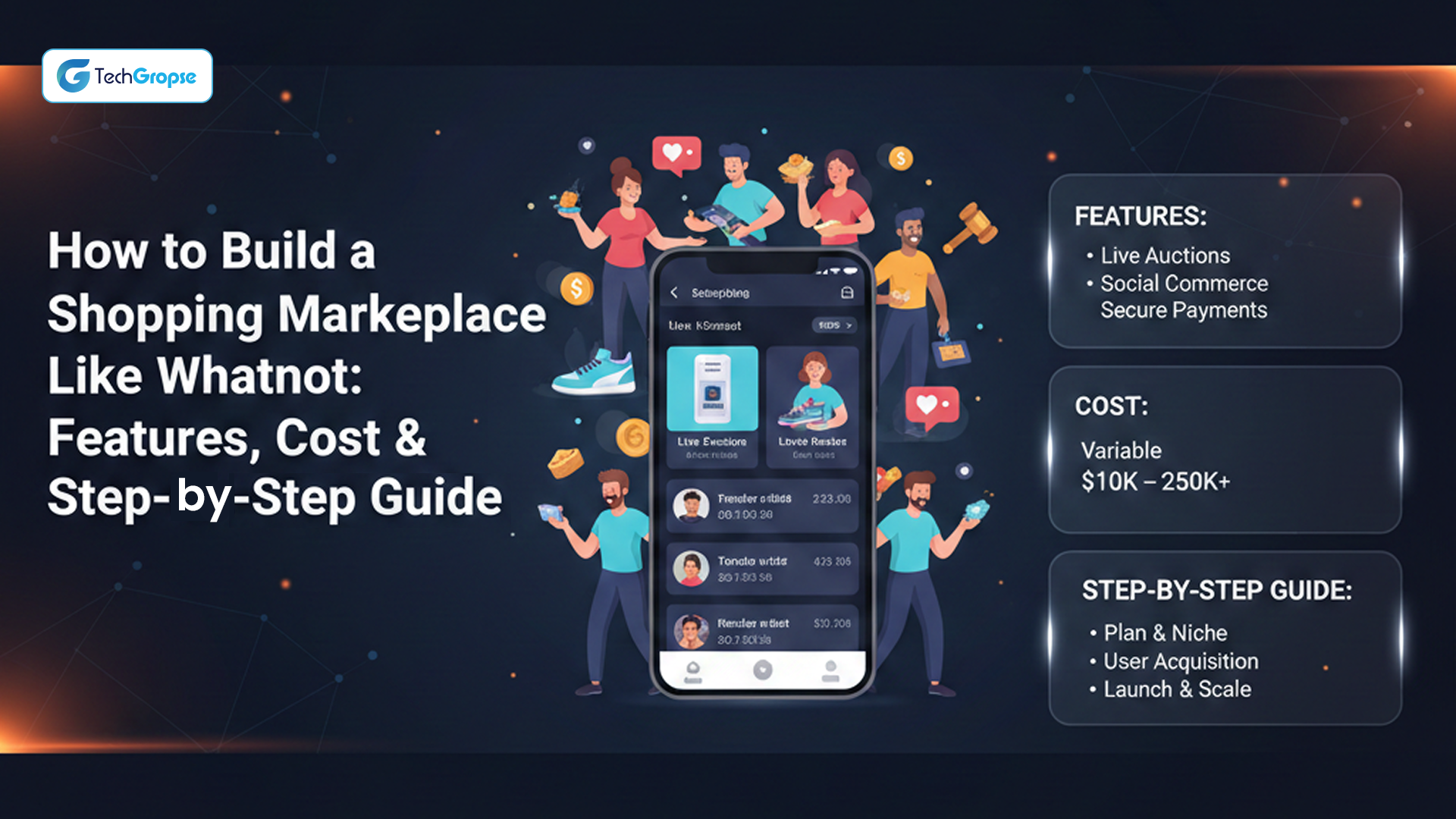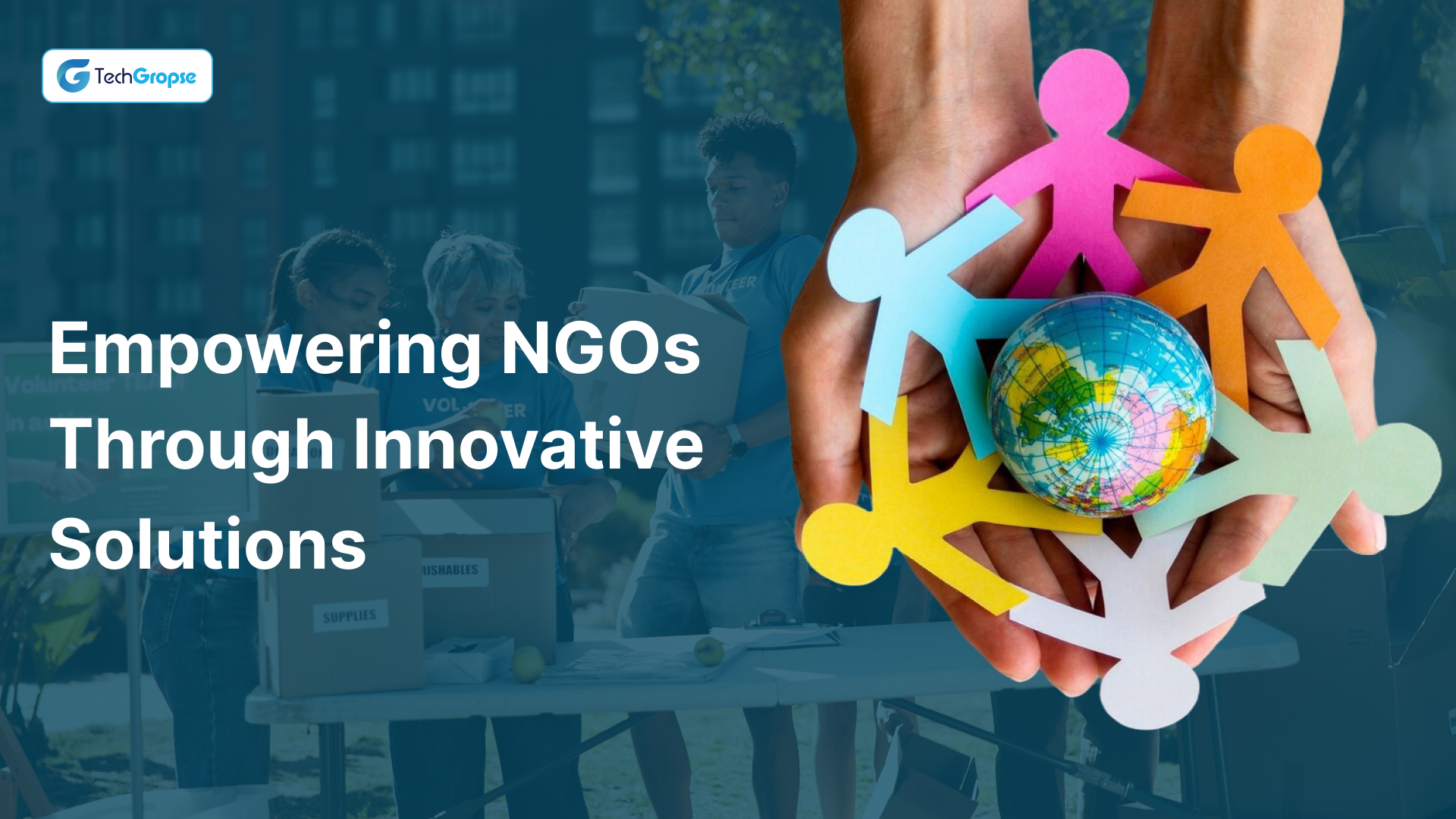In today’s digital era, logistics apps have revolutionized the way goods are transported, bringing efficiency and convenience to the supply chain. So are you ready to develop a logistics app like Uber Freight?
Nowadays, we don’t have to worry about how we are going to get around when we are going somewhere, all thanks to amazing apps like Uber.
But did you know that these types of apps can also be helpful in other areas, like the transportation and logistics industry?
They are getting popular because they make managing logistics a lot easier. But here’s the thing, build logistics app can be pretty expensive. It can cost anywhere from $5,000 to $100,000 or even more, depending on all the cool stuff you want it to do.
Uber Freight, with its innovative platform, has disrupted the logistics industry by connecting shippers and carriers seamlessly.
If you consider to develop a logistics app like Uber Freight, it is crucial to understand the associated costs and considerations.
This post delves into the key factors and provides valuable insights on estimating the cost of developing a logistics app, and perfect mobile app development company.
Overview of the Logistics App Market
The logistics app development market is booming, with technology revolutionizing the way goods are transported and delivered. From on-demand delivery services to freight management platforms, there is a growing demand for efficient and reliable logistics solutions.
- Did you know that the global logistics market was worth a whopping $7,641 billion in 2017? It’s expected to grow even more and reach a mind-blowing $12,975 billion by 2027.
- Between 2020 and 2027, experts think that the logistics market will keep growing at a rate of 6.5% every year.
- Now, let’s talk about the digital side of things before develop a logistics app like Uber Freight. The global digital logistics industry is going to be important too. It’s predicted to grow at an amazing rate of 21.7% and reach a whopping $46.5 billion by 2025.
- Since 2019, North America has been the leader in on-demand logistics. They’re the ones who handle over 70% of all the stuff that gets shipped around.
So, as you can see, the logistics world is booming and changing with all these incredible digital solutions.
It’s an exciting time for the industry, and who knows what amazing things will happen in the future!
Why Do Users Demand Uber Freight-like Solutions?
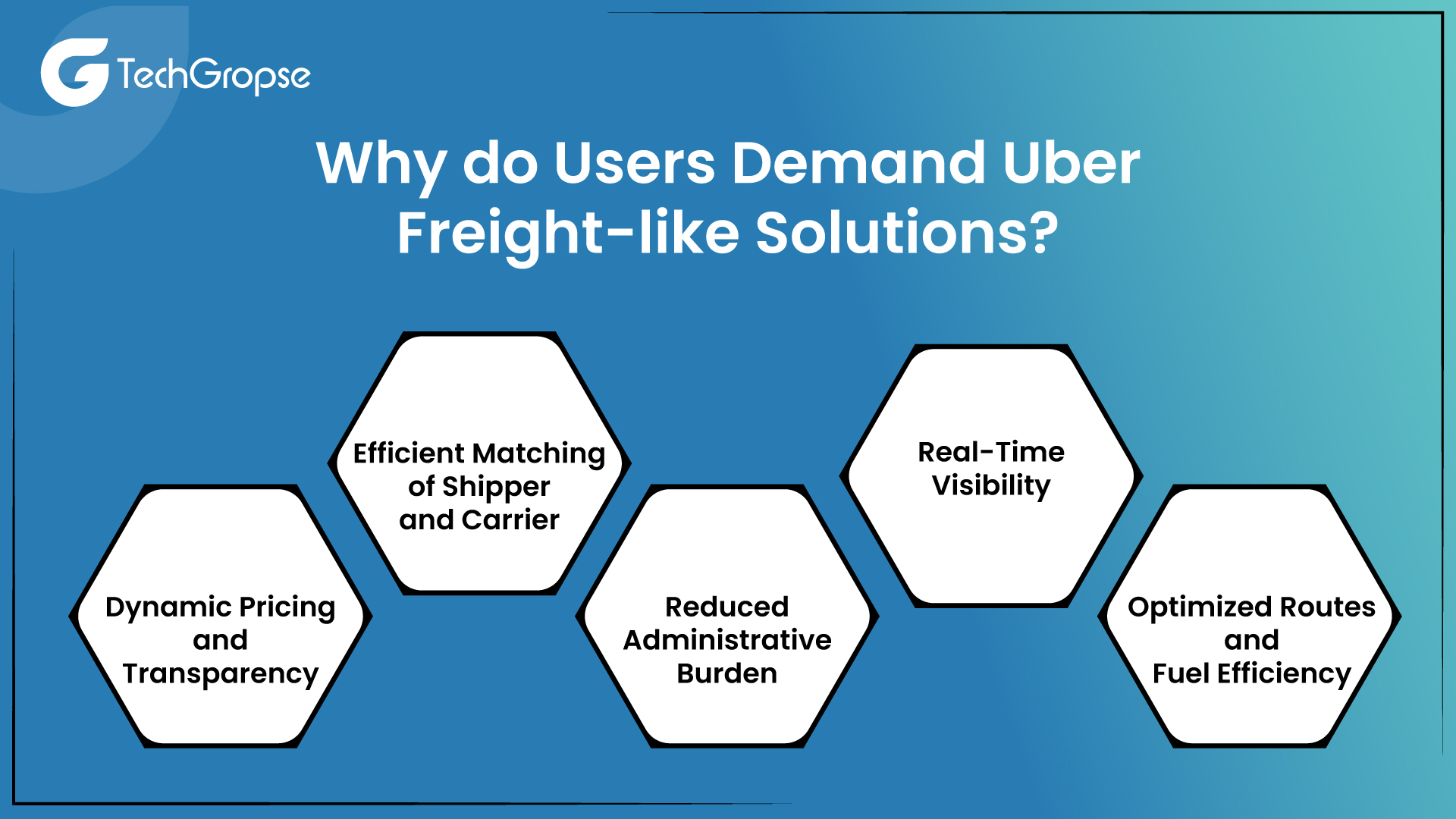
Uber Freight, with its user-friendly interface and streamlined processes, has become a game-changer in the logistics industry.
Its ability to connect shippers and carriers seamlessly has inspired many businesses to develop similar solutions.
Well, Uber Freight manages several challenges in the transportation and logistics sector through innovative technology and a data-driven approach.
Here are key ways in which Uber Freight contributes to solving industry issues:
1. Efficient Matching of Shipper and Carrier
Uber Freight’s platform utilizes algorithms and machine learning to efficiently match shippers with carriers. This reduces idle time for carriers and optimizes routes, enhancing overall efficiency in freight matching.
2. Real-Time Visibility
Uber Freight provides real-time visibility into the freight shipment process. This transparency allows both shippers and carriers to track shipments, anticipate delays, and make informed decisions, improving overall supply chain visibility.
3. Dynamic Pricing and Transparency
The platform introduces dynamic and transparent pricing, offering fair and competitive rates for carriers. This eliminates the need for negotiation and provides clarity on costs, fostering trust between shippers and carriers.
4. Reduced Administrative Burden
Uber Freight streamlines administrative processes by digitizing paperwork and documentation. This minimizes manual tasks, such as paperwork handling and invoicing, reducing the administrative burden on both shippers and carriers.
5. Optimized Routes and Fuel Efficiency
Through data analysis, Uber Freight optimizes routes to enhance fuel efficiency and reduce carbon footprints. This not only benefits the environment but also contributes to cost savings for carriers.
6. Flexibility and Agility
Uber Freight’s technology provides flexibility for shippers and carriers to adapt to changing market conditions. This agility is crucial in addressing the dynamic challenges of the transportation and logistics sector.
7. Enhanced Safety Measures
Uber Freight incorporates safety measures such as predictive analytics to assess potential risks. This commitment to safety helps prevent accidents and ensures the well-being of drivers, contributing to a safer overall transportation ecosystem.
8. Continuous Innovation
Uber Freight continues to innovate and introduce new features to address evolving industry needs. Whether through automation, data analytics, or integration with emerging technologies, the platform remains at the forefront of advancements in transportation and logistics.
How Much Does Uber Freight App Development Cost
Logistics app development company involve various factors to develop a logistics app like Uber Freight that contribute to the overall cost. The following table provides a breakdown of potential cost components for developing a similar logistics and freight management app:
| Cost Component | Description | Estimated Cost Range |
| Market Research | Researching the logistics industry, analyzing competitors, and defining target user requirements. | $5,000 – $15,000 |
| Mobile App Development | Designing and developing the mobile app for both iOS and Android platforms. | $50,000 – $150,000 per platform |
| Backend Development | Building a robust backend system to manage user data, logistics operations, and integrations. | $30,000 – $80,000 |
| Frontend Development | Creating a user-friendly interface for shippers, carriers, and administrators. | $20,000 – $60,000 |
| User Authentication & Security | Implementing secure user authentication, data encryption, and privacy features. | $15,000 – $30,000 |
| GPS and Geolocation Services | Integrating real-time tracking and geolocation features for accurate logistics management. | $10,000 – $25,000 |
| Integration with APIs | Connecting the app with third-party services, such as payment gateways and mapping APIs. | $10,000 – $30,000 |
| Admin Panel | Developing a comprehensive admin panel for managing users, payments, and logistics operations. | $20,000 – $50,000 |
| Testing and Quality Assurance | Conducting extensive testing to ensure app functionality, security, and performance. | $15,000 – $30,000 |
| Deployment and Launch | Deploying the app to app stores and managing the launch process. | $5,000 – $15,000 |
| Maintenance and Updates | Ongoing maintenance, bug fixes, and updates to keep the app current and secure. | $10,000 – $30,000 per year (post-launch) |
| Legal and Compliance | Addressing legal considerations, licenses, and compliance with regulations. | $10,000 – $25,000 |
| Marketing and Promotion | Implementing marketing strategies to promote the app and attract users. | $10,000 – $50,000 (pre-launch and ongoing) |
| Contingency | Allowing for unforeseen expenses or adjustments during the development process. | 10-20% of the total development cost |
| Total Estimated Cost Range | $100,000 – $525,000 (excluding marketing) |
Factors Influence Logistics App Development Cost
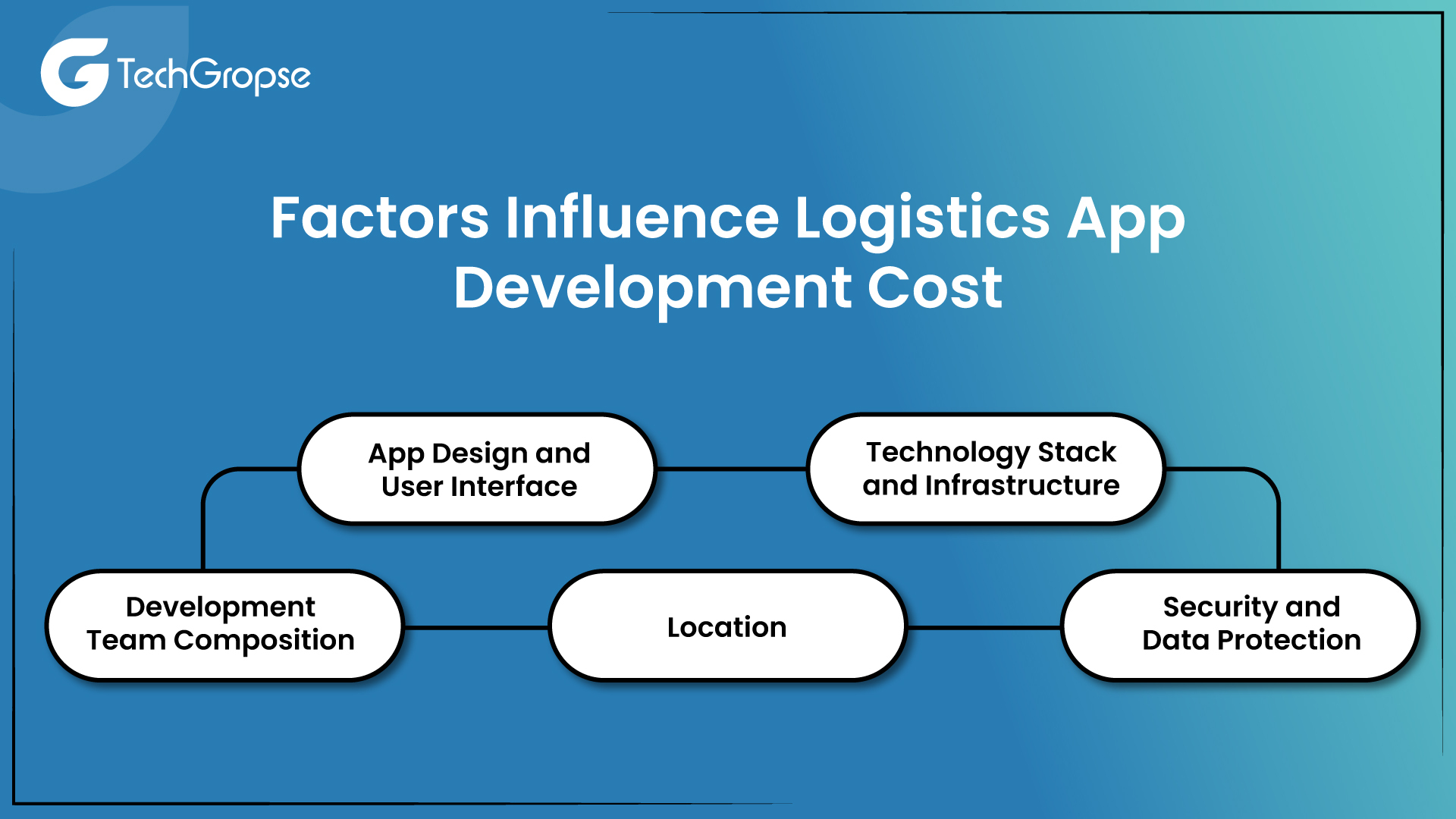
The cost to build an app Like Uber Freight is influenced by a variety of factors, each contributing to the overall complexity and scope of the project.
Here are key factors that influence the mobile app development cost.
1. App Design and User Interface
Great design doesn’t come cheap, but it’s worth the investment. App design and user interface play a crucial role in attracting and retaining users. Hiring skilled designers and UX specialists may contribute to the overall cost and successfully develop a logistics app like Uber Freight.
2. Technology Stack and Infrastructure
The choice of technology stack and infrastructure can significantly impact the development cost. Factors like the programming languages, frameworks, cloud hosting, and database solutions chosen can vary in terms of complexity and cost.
The complexity of backend development and integration with external systems or APIs influences the cost. An android app development company follows secure and scalable server-side architecture to develop a logistics app like Uber Freight.
| Component | Technology/Tool |
| Frontend Development | |
| User Interface (UI) | React, Angular, Vue.js |
| Programming Languages | HTML5, CSS3, JavaScript |
| Mobile App Frameworks | React Native, Flutter |
| Backend Development | |
| Server-Side Language | Node.js, Python, Ruby, Java |
| Frameworks | Express.js, Django, Ruby on Rails, Spring |
| Database | MongoDB, MySQL, PostgreSQL, Firebase |
| API | RESTful API, GraphQL |
| Geolocation and Mapping | |
| Geolocation Services | Google Maps API, Mapbox, Here API |
| Real-Time Tracking | |
| WebSockets | Socket.io, Pusher |
| User Authentication | |
| Authentication Services | OAuth, JWT |
| Multi-Factor Authentication | Google Authenticator, Authy |
| Communication | |
| In-App Messaging | Twilio, SendBird, Pusher Chat |
| Cloud Services | |
| Cloud Providers | AWS, Google Cloud Platform, Microsoft Azure |
| Containerization | Docker, Kubernetes |
| Development Tools | |
| Version Control | Git, GitHub, GitLab |
| Collaboration | Slack, Trello, Jira |
| Analytics and Monitoring | |
| Analytics | Google Analytics, Mixpanel |
| Logging and Monitoring | ELK Stack, Splunk, New Relic |
| Documentation | |
| Documentation Tools | Swagger, Postman, Confluence |
3. Development Team Composition
The size and location of the development team impact costs. Development rates vary based on geographic location, and a larger team may be required for more complex projects.
| Role | Average Hourly Rate (USD) | Estimated Monthly Cost (Per Team Member) | Suggested Team Size | Estimated Monthly Team Cost |
| Project Manager | $50 – $150 | $6,000 – $18,000 | 1 | $6,000 – $18,000 |
| Business Analyst | $40 – $120 | $5,000 – $15,000 | 1 | $5,000 – $15,000 |
| UI/UX Designer | $30 – $100 | $4,000 – $12,000 | 1 | $4,000 – $12,000 |
| Frontend Developer | $30 – $100 | $4,000 – $12,000 | 2-3 | $8,000 – $36,000 |
| Backend Developer | $35 – $120 | $5,000 – $15,000 | 2-3 | $10,000 – $36,000 |
| Mobile App Developer | $35 – $120 | $5,000 – $15,000 | 2-3 | $10,000 – $36,000 |
| Database Developer | $35 – $120 | $5,000 – $15,000 | 1-2 | $5,000 – $24,000 |
| DevOps Engineer | $40 – $120 | $6,000 – $18,000 | 1-2 | $6,000 – $24,000 |
| QA Engineer | $25 – $80 | $3,000 – $10,000 | 1-2 | $3,000 – $20,000 |
| Total Monthly Team Cost | $43,000 – $170,000 | $43,000 – $170,000 |
Note: The hourly rates are approximate and can vary based on the location, experience, and expertise of the development team.
4. Location
Here’s an approximate breakdown of development team costs for logistics app development based on different global locations:
Team Location: United States
| Role | Average Hourly Rate (USD) | Estimated Monthly Cost (Per Team Member) | Suggested Team Size | Estimated Monthly Team Cost |
| Project Manager | $100 – $200 | $12,000 – $24,000 | 1 | $12,000 – $24,000 |
| Business Analyst | $80 – $160 | $10,000 – $20,000 | 1 | $10,000 – $20,000 |
| UI/UX Designer | $70 – $150 | $8,000 – $16,000 | 1 | $8,000 – $16,000 |
| Frontend Developer | $80 – $160 | $10,000 – $20,000 | 2-3 | $20,000 – $60,000 |
| Backend Developer | $90 – $180 | $12,000 – $24,000 | 2-3 | $24,000 – $72,000 |
| Mobile App Developer | $90 – $180 | $12,000 – $24,000 | 2-3 | $24,000 – $72,000 |
| Database Developer | $80 – $160 | $10,000 – $20,000 | 1-2 | $10,000 – $32,000 |
| DevOps Engineer | $90 – $180 | $12,000 – $24,000 | 1-2 | $12,000 – $36,000 |
| QA Engineer | $70 – $140 | $8,000 – $16,000 | 1-2 | $8,000 – $24,000 |
| Total Monthly Team Cost | $92,000 – $288,000 | $92,000 – $288,000 |
Team Location: Eastern Europe
| Role | Average Hourly Rate (USD) | Estimated Monthly Cost (Per Team Member) | Suggested Team Size | Estimated Monthly Team Cost |
| Project Manager | $50 – $100 | $6,000 – $12,000 | 1 | $6,000 – $12,000 |
| Business Analyst | $40 – $80 | $5,000 – $10,000 | 1 | $5,000 – $10,000 |
| UI/UX Designer | $30 – $60 | $4,000 – $8,000 | 1 | $4,000 – $8,000 |
| Frontend Developer | $40 – $80 | $5,000 – $10,000 | 2-3 | $10,000 – $30,000 |
| Backend Developer | $40 – $90 | $5,000 – $12,000 | 2-3 | $10,000 – $36,000 |
| Mobile App Developer | $40 – $90 | $5,000 – $12,000 | 2-3 | $10,000 – $36,000 |
| Database Developer | $40 – $80 | $5,000 – $10,000 | 1-2 | $5,000 – $20,000 |
| DevOps Engineer | $40 – $90 | $5,000 – $12,000 | 1-2 | $5,000 – $24,000 |
| QA Engineer | $30 – $60 | $4,000 – $8,000 | 1-2 | $4,000 – $16,000 |
| Total Monthly Team Cost | $44,000 – $172,000 | $44,000 – $172,000 |
Team Location: South Asia
| Role | Average Hourly Rate (USD) | Estimated Monthly Cost (Per Team Member) | Suggested Team Size | Estimated Monthly Team Cost |
| Project Manager | $20 – $50 | $2,500 – $6,000 | 1 | $2,500 – $6,000 |
| Business Analyst | $15 – $40 | $1,800 – $5,000 | 1 | $1,800 – $5,000 |
| UI/UX Designer | $15 – $30 | $1,800 – $3,500 | 1 | $1,800 – $3,500 |
| Frontend Developer | $15 – $40 | $1,800 – $5,000 | 2-3 | $3,600 – $15,000 |
| Backend Developer | $15 – $40 | $1,800 – $5,000 | 2-3 | $3,600 – $15,000 |
| Mobile App Developer | $15 – $40 | $1,800 – $5,000 | 2-3 | $3,600 – $15,000 |
| Database Developer | $15 – $30 | $1,800 – $3,500 | 1-2 | $1,800 – $7,000 |
| DevOps Engineer | $15 – $40 | $1,800 – $5,000 | 1-2 | $1,800 – $10,000 |
| QA Engineer | $10 – $30 | $1,200 – $3,000 | 1-2 | $1,200 – $6,000 |
| Total Monthly Team Cost | $20,100 – $68,500 | $20,100 – $68,500 |
5. Security and Data Protection
Logistics apps handle sensitive data such as shipments, routes, and payments. Hire dedicated developers who ensure robust security measures and data protection compliance can involve additional development efforts and associated costs.
| Security | |
| Encryption | SSL/TLS, HTTPS |
| Secure Data Storage | AWS S3, Google Cloud Storage, Firebase Realtime Database |
| Payment Integration | |
| Payment Gateways | Stripe, PayPal, Braintree |
6. Third-Party Services and APIs
Integrating third-party services, such as mapping or payment gateways, can enhance the app’s functionality. However, licensing fees or usage costs for these services should be considered in the overall budget to develop a logistics app like Uber Freight.
7. Testing & Quality Assurance
Rigorous testing, including functionality testing, usability testing, and security testing, is essential for a reliable logistics app. Quality assurance efforts add to the overall Android app development cost.
| Testing and QA | |
| Testing Frameworks | Jest, Mocha, Selenium |
| Continuous Integration | Jenkins, Travis CI, CircleCI |
You Can’t Skip Key Features of Logistics App Development Solutions
#Features for Shipper’s App
Develop a logistics app like Uber Freight for shippers involves incorporating a range of features to streamline the shipping process and enhance user experience. Here are essential features for a shipper’s app:
1. User Registration and Profile
- Secure user registration.
- Profile creation with relevant details, including business information.
2. Shipment Booking
- Intuitive interface for booking shipments.
- Option to schedule future shipments.
- Ability to specify pickup and delivery locations.
3. Real-Time Shipment Tracking
- Live tracking of shipments in transit.
- Notifications and alerts for important updates.
- GPS integration for accurate location tracking.
4. Transparent Pricing
- Clear and transparent pricing for shipping services.
- Instant cost estimation based on shipment details.
- Breakdown of fees.
5. Route Optimization
- Smart route planning to optimize delivery routes.
- Real-time traffic updates for route adjustments.
- Fuel-efficient and time-saving route suggestions.
#Features for Driver App
To develop a logistics app like Uber Freight, the driver app plays a crucial role in ensuring efficient operations. Here are key features of the driver app:
1. Driver Registration and Profile
- Simple and secure registration process.
- Profile creation with essential details, including license and vehicle information.
2. Job Acceptance and Rejection
- Ability to accept or reject shipment requests.
- Notifications for new job opportunities.
3. Real-Time Shipment Details
- Access to detailed information about assigned shipments.
- Pickup and delivery locations, along with any special instructions.
4. Live Shipment Tracking
- Real-time GPS tracking for accurate location monitoring.
- Estimated time of arrival (ETA) for shipments.
5. Route Optimization
- Smart route planning for optimized navigation.
- Real-time traffic updates and alternative routes.
Steps to Develop a Logistics App Like Uber Freight
If you want to develop a logistics app like Uber Freight that is very helpful for managing stuff like deliveries and making more money, just follow these steps. It’ll show you how on demand app development handles logistics, makes customers happy, and boosts your profits.
Step 1. Research and Planning
Before diving into development, thorough research and planning are crucial. It involves understanding the target audience, identifying competitors, and defining the app’s unique selling points. This phase sets the foundation for the successful develop a logistics app like Uber Freight.
Step 2. Design and Prototyping
Design is not just about aesthetics; it’s about creating a user experience that is intuitive and efficient. Prototyping helps visualize the app’s flow and functionality, allowing for iterative improvements before the development phase begins.
Step 3. Development and Coding
This is where the magic happens! Skilled developers bring the app to life by writing code, integrating APIs, and building the necessary features. The development phase involves frontend and backend coding, database creation, and ensuring app performance and responsiveness.
Step 4. Testing and Quality Assurance
No app is complete without rigorous testing. Testers put the app through its paces, identifying and fixing bugs, and ensuring smooth functionality across different devices and platforms. Quality assurance is essential to deliver a reliable and user-friendly logistics app.
Step 5. Deployment and Launch
Once the app is thoroughly tested and refined, it’s time to deploy it to the app stores. It involves complying with platform guidelines, optimizing the app’s metadata for searchability, and providing a seamless onboarding experience for users.
Consider Development Approach to Develop a Logistics App Like Uber Freight
When it comes to develop a logistics app like Uber Freight, there are a few different approaches you can take. Let’s take a look at the three main options:
1. Native App Development
Native app development involves creating separate apps for different platforms, such as iOS and Android. This approach allows for greater customization and takes full advantage of the specific features and capabilities of each platform. However, it also requires more time and resources to develop and maintain multiple codebases.
2. Hybrid App Development
On the other hand, hybrid app development, involves building a single app that works across multiple platforms. It can be more cost-effective and efficient since it reduces the need for separate development teams and maintenance efforts. However, hybrid apps may not offer the same level of performance or native user experience as native apps.
3. Outsourcing vs. In-house Development
Deciding whether to outsource the development of your logistics app or keep it in-house is an important consideration. Outsourcing can save costs and provide access to specialized expertise, while in-house development offers more control and flexibility.
Recap of Cost Implications to Develop a Logistics App Like Uber Freight
The costs to develop a logistics app like Uber Freight can vary depending on factors such as the chosen development approach, complexity of features, and in-house or outsourcing decisions.
Estimating and prioritizing costs based on your specific requirements is crucial for effective budgeting.
While there are costs involved in developing a logistics app, it’s important to focus on the potential benefits and return on investment (ROI) it can bring.
A well-designed and user-friendly app can streamline operations, improve efficiency, and ultimately lead to increased customer satisfaction and business growth.
Remember, investing in the right development approach and cost optimization strategies can help you achieve your goals without breaking the bank.
FAQ: Develop a Logistics App Like Uber Freight
1. What are the essential features that a logistics app like Uber Freight should have?
Some essential features of a logistics app like Uber Freight include real-time tracking and mapping, secure payment integration, load-matching algorithms, document management, and transparent communication channels between shippers and carriers.
2. How can I estimate the cost of developing a logistics app like Uber Freight?
Estimating the cost of develop a logistics app like Uber Freight involves considering factors such as technology stack, app design complexity, backend development, security measures, and third-party services. By breaking down these factors and analyzing their impact, you can arrive at a reasonable cost estimation.
3. Is it better to develop a logistics app in-house or outsource the development process?
The decision to develop a logistics app like Uber Freight in-house or outsource depends on various factors such as budget, internal expertise, and project requirements. In-house development provides more control and flexibility but may require significant resources. Outsourcing can be cost-effective and allows you to work with specialized development teams, but it requires careful vendor selection and effective communication.

